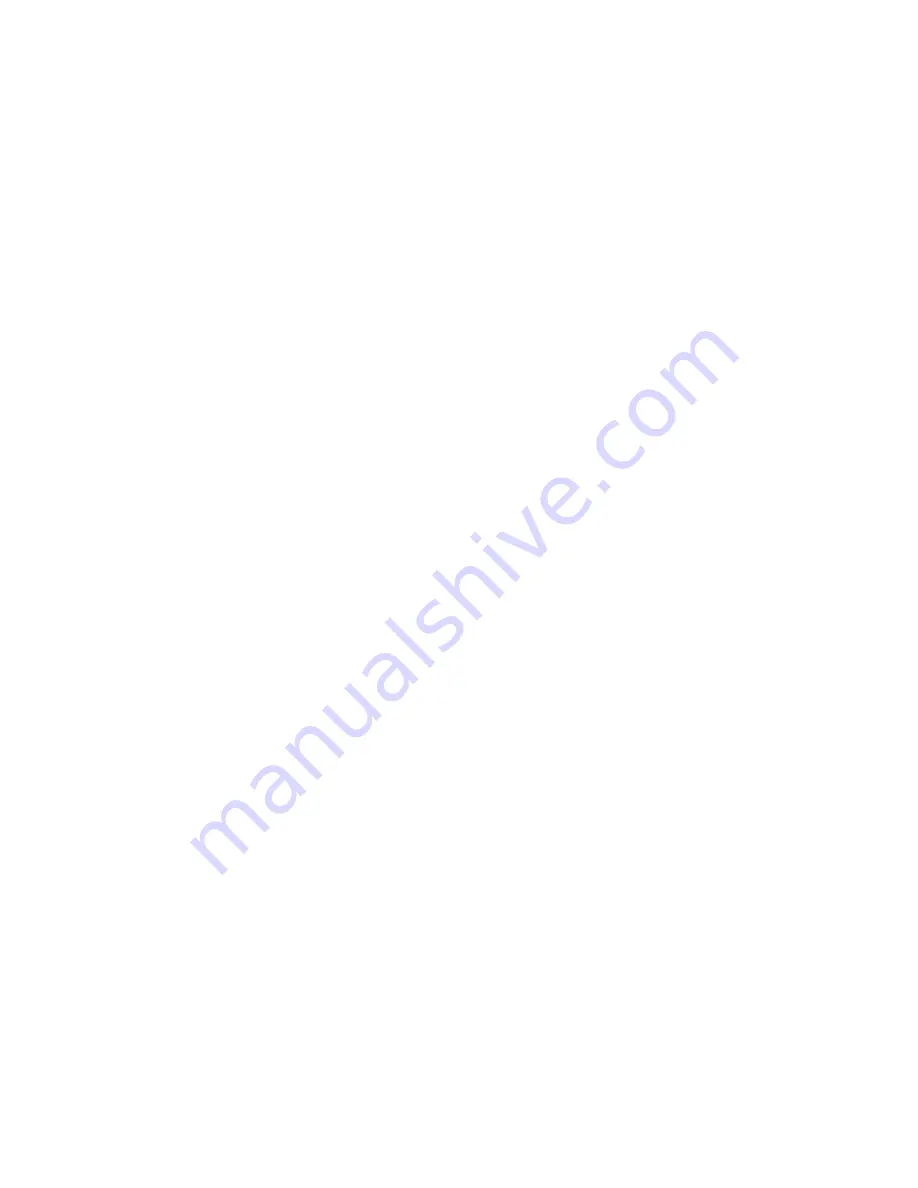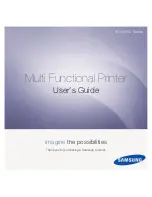
T480
Programmer’s Guide
T480
Extended Printer Control
100-14362
Rev A
Page 233
Font1 through Font99 may be defined, and the font number is the alias used by the set
font command, e.g. Font23 is selected by doing a select font 23 command. Font 0 is
reserved for selecting the linked font.
The printer may contain one default linked font. A linked font is a method of allowing the
user to replace characters in a standard font with custom characters, described in more
detail in an earlier section. The POR.INI file is one way of defining a linked font. In the
above POR.INI file link the link font consists of User, TactWGL, and the TactGB18030
fonts. When a character is to be printed, the user font will be searched followed by
TactWGL and then the TactGB18030 font. The first font containing the character will
define the character.
Bitmap fonts are not recommended, they should only be used if an exact bitmap is
required. Bitmap fonts are not scalable like true type fonts, only the normal 2X, 3X and
so on scaling is available. TransAct Technologies can upon request and signing an
NDA provide tools to allow the customer to develop there own bitmap fonts. These fonts
must be in Unicode order but only need support the specific characters needed in the
font. NOTE: When loaded and made available the legacy select font commands should
select the bitmap font by adding 100 to the font ID. For example to use BMFont0, select
font 100 in the Legacy font definition. (Note: Only the font ID is used from the legacy
font definition if a bitmap font is selected.)
Legacy font definitions define the Size, spacing, font, quality and spot size to be used to
generate a legacy font. For example the PcOS [esc] I<0> font select command will
select PcOS1 font. (Note that the font select and the Font ID are offset by one.) The font
size is defined in 1/8
th
point units. This gives a lot of control of the size. Because the
EPIC 3000 printer prints discreet dots that are relatively large (from a font point of
view), changes in character size will appear to jump. That is small changes in size will
not appear to alter the character and them an 1/8
th
point change will make a dramatic
change. If you wish to change the font and/or the character size select a size in the
middle of the step. Even though small changes don’t appear to have an effect, small
changes do occur in the font generation and a value in the middle works best. The X
and Y Spot size effects how the characters are generated. The spot size is equivalent to
selecting a paint brush. A small spot is a small paint brush and therefore requires a lot
more brush strokes to form the character. As the dots printed by the printer are always
the same size, defining a small spot will cause more dots to be used to form the
character. Depending on how the font was defined, it may be advantageous to select a
large brush size and in effect reduce the number of dots in the character. There are no
real guidelines for selecting Spot size. You have to experiment with it until you get
acceptable results with your font. This value can generally be set to nominal with most
fonts. (Nominal is 100).
















































